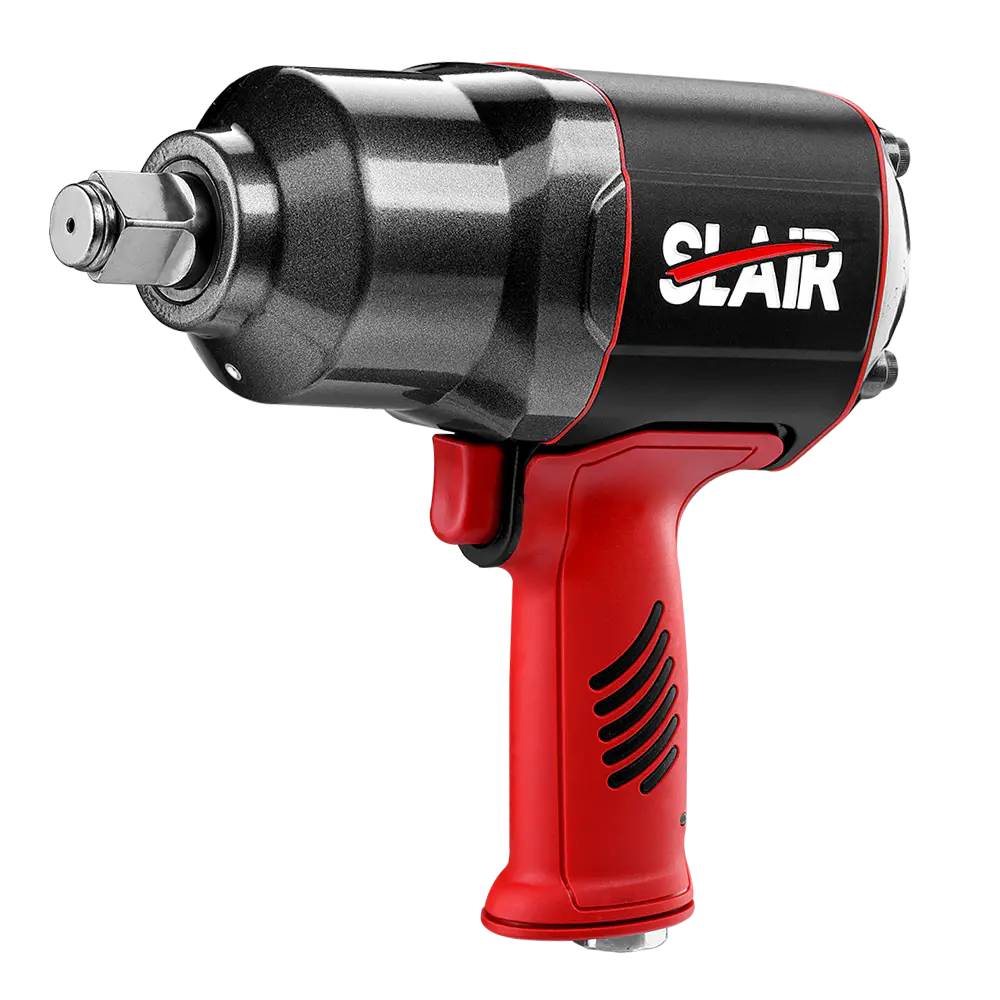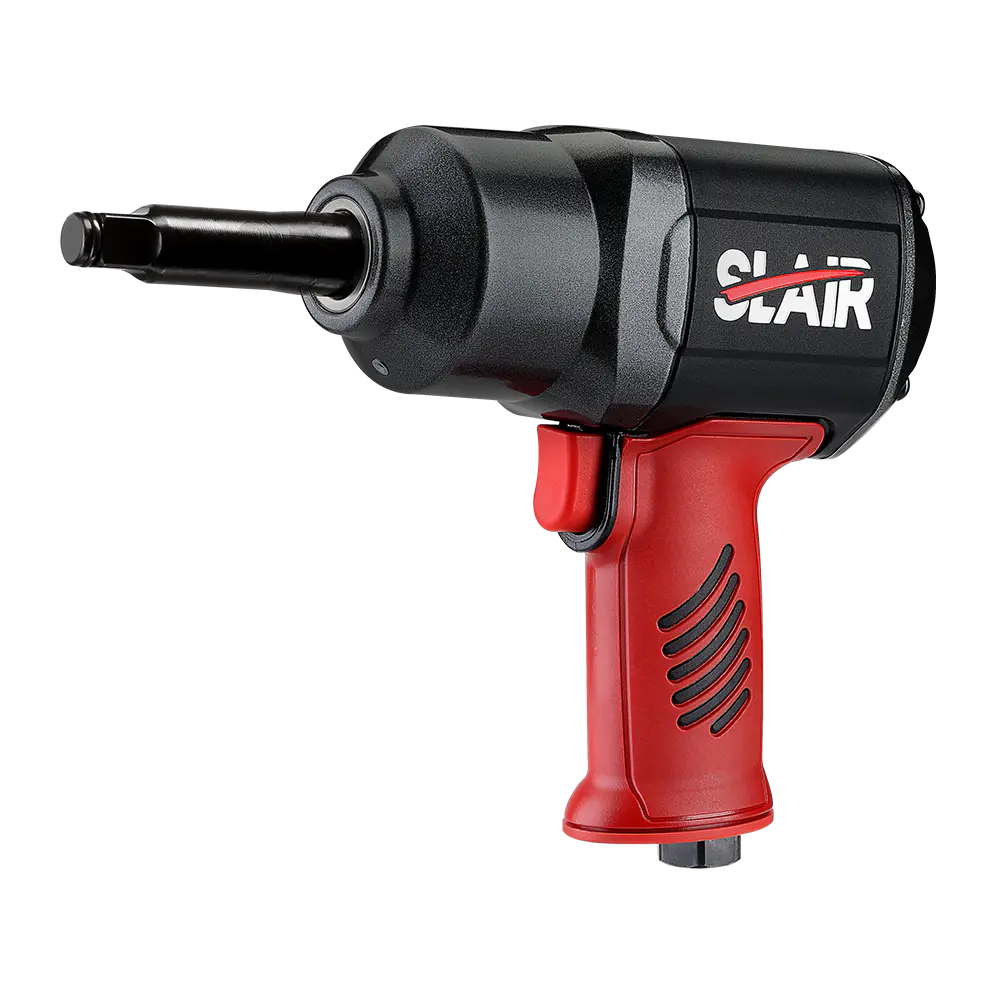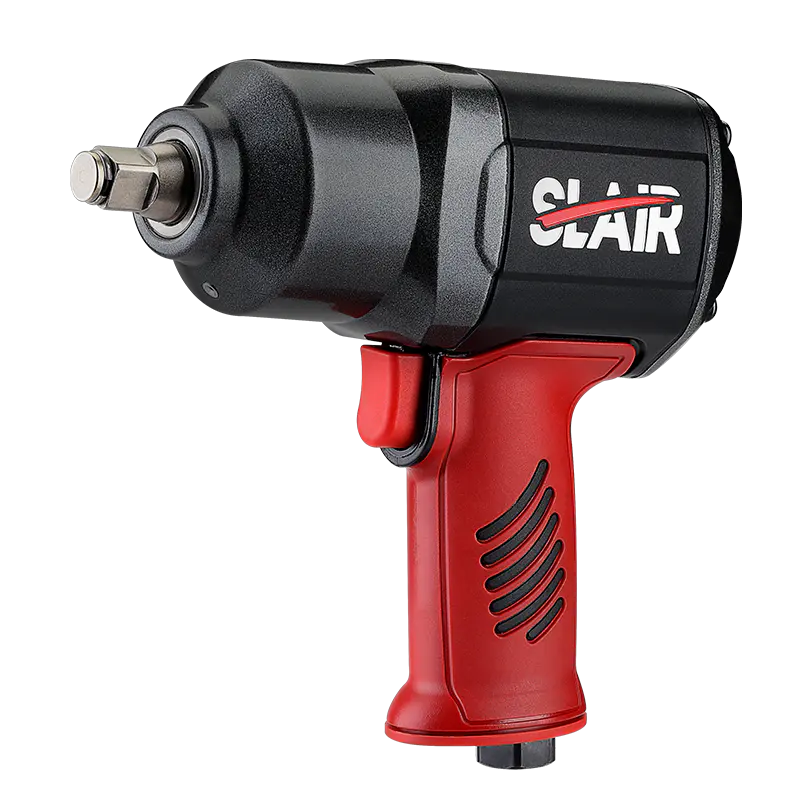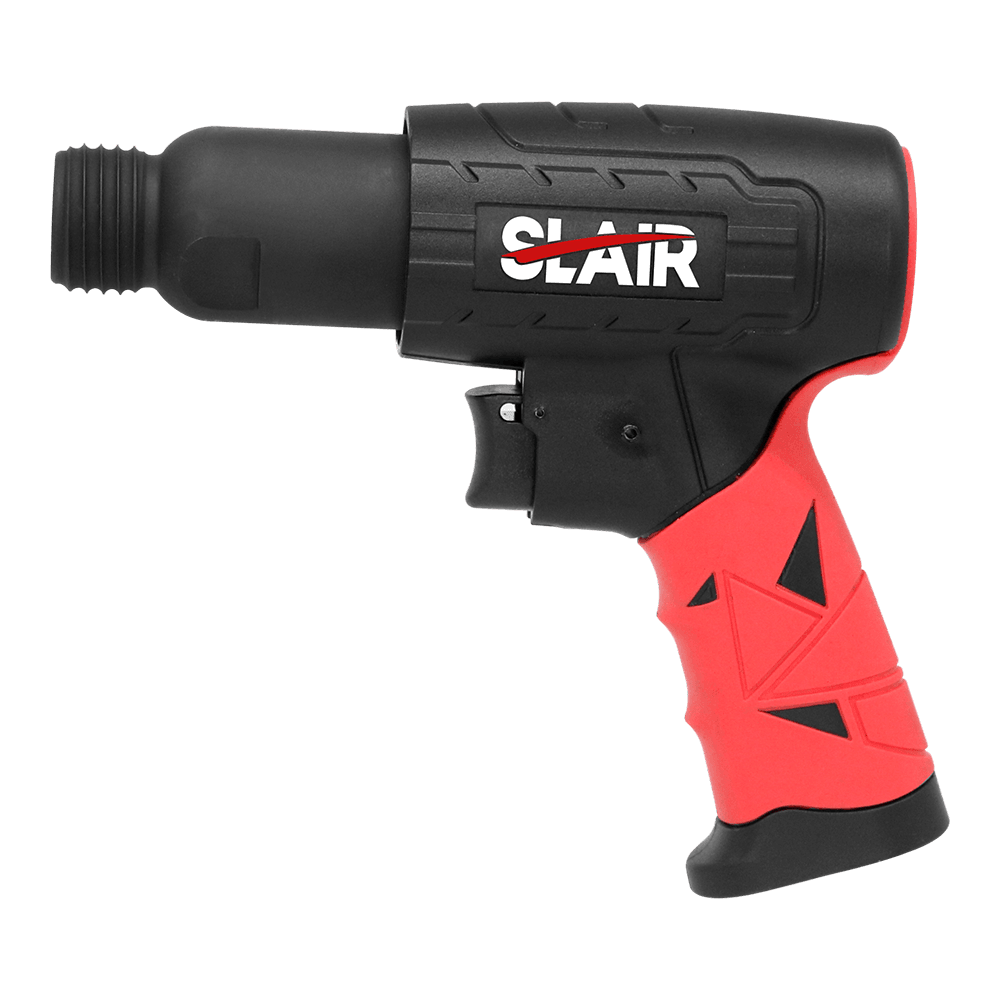Torque Delivery
Twin Hammer Mechanism: The twin hammer mechanism is designed with two hammers that strike the anvil from opposite sides. This design offers a more balanced impact force, allowing for greater torque delivery with a smoother, more consistent output. Because the two hammers distribute the impact force, the torque generated is higher, making the tool better suited for demanding tasks where substantial force is required. This feature is particularly advantageous in industrial applications or situations where large fasteners need to be loosened or tightened, as it allows the wrench to apply maximum torque without overloading the internal components. The balanced impact from both sides reduces the strain on the tool, enhancing its longevity and reducing the likelihood of premature wear.
Single Hammer Mechanism: A single hammer mechanism utilizes just one hammer to strike the anvil, which in turn delivers the torque in one direction. While simpler in design and often more cost-effective, the single hammer system tends to produce less torque and may not provide the same level of consistency as a twin hammer mechanism. This design is ideal for lighter-duty applications, such as automotive repairs, where less torque is necessary. However, due to the unidirectional impact, it can lack the smoothness of torque delivery that twin hammer systems offer, making it less suited for tasks requiring high precision or heavy-duty applications where higher torque is needed.
2. Vibration Levels
Twin Hammer Mechanism: One of the key advantages of the twin hammer design is its ability to minimize vibration. Since the impact force is distributed between two hammers that strike in opposing directions, the overall vibration levels are considerably reduced compared to single hammer systems. This balanced striking action results in less recoil and less vibration being transmitted to the user’s hands, which significantly improves user comfort and reduces the risk of fatigue during prolonged use. Additionally, reduced vibration contributes to better tool control, as users are less likely to experience tool kickback or loss of grip. This feature is particularly important in industrial environments where tools are used extensively, and operator comfort and safety are paramount.
Single Hammer Mechanism: The single hammer mechanism, while effective for lighter applications, typically produces higher vibration levels. Because there is only one hammer striking the anvil, the impact force is concentrated on a single point, which leads to increased recoil and vibrations. This results in more noticeable physical feedback to the user, especially during high-torque operations. Over time, prolonged exposure to these vibrations can lead to user discomfort, hand-arm vibration syndrome (HAVS), or other ergonomic issues. The higher vibration levels can also make it more challenging for users to maintain control over the tool, potentially leading to inaccuracies in fastening applications. As such, tools with a single hammer mechanism may not be ideal for tasks requiring extended operation or precise control.
3. Power Efficiency
Twin Hammer Mechanism: The twin hammer system tends to be more power-efficient, as it utilizes two hammers to deliver a more balanced and even impact. This design allows for a more consistent and sustained torque output, ensuring that the tool operates with minimal loss of power. The even distribution of impact force reduces the strain on the internal components of the wrench, enabling the tool to deliver higher torque without overheating or wearing out prematurely. This power efficiency is critical in professional applications where sustained performance over long periods is required, such as in assembly lines or heavy-duty construction work. Additionally, the balanced impact forces help maintain a steady and reliable output, improving the overall performance and reducing the frequency of tool maintenance.
Single Hammer Mechanism: While the single hammer system is less power-efficient compared to the twin hammer mechanism, it still performs adequately for lighter tasks. Since all the force is concentrated on one hammer, there is more potential for energy loss due to less balanced torque delivery. This means that the wrench may not be able to maintain consistent torque over longer durations or with higher resistance fasteners. In heavy-duty applications, this lack of power efficiency can cause the wrench to struggle with demanding tasks, requiring the user to pause frequently or exert additional effort, which reduces overall productivity.





 English
English 中文简体
中文简体 русский
русский Deutsch
Deutsch Português
Português Español
Español
















